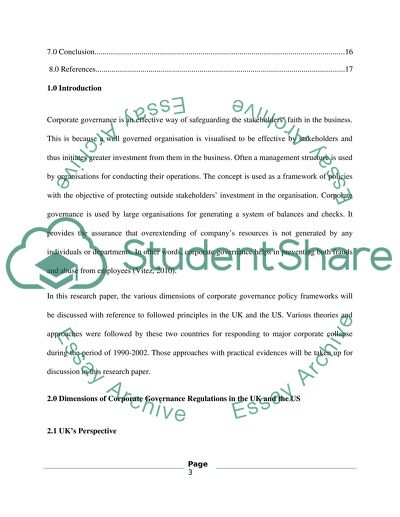Cite this document
(“Corporate Accountability Essay Example | Topics and Well Written Essays - 2500 words”, n.d.)
Retrieved from https://studentshare.org/environmental-studies/1414110-corporate-accountability
Retrieved from https://studentshare.org/environmental-studies/1414110-corporate-accountability
(Corporate Accountability Essay Example | Topics and Well Written Essays - 2500 Words)
https://studentshare.org/environmental-studies/1414110-corporate-accountability.
https://studentshare.org/environmental-studies/1414110-corporate-accountability.
“Corporate Accountability Essay Example | Topics and Well Written Essays - 2500 Words”, n.d. https://studentshare.org/environmental-studies/1414110-corporate-accountability.


